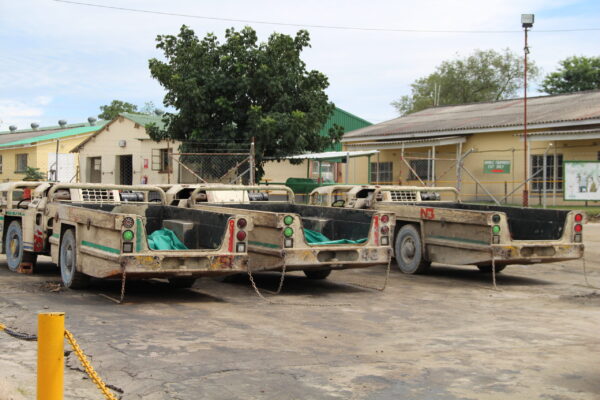The country’s second biggest platinum group metal (PGM) producer Mimosa Mining Company‘s 4E all-in sustaining cost (AISC) increased by 10 per cent during the quarter that ended 30 September 2023 compared to the same quarter of 2022 due to inflationary pressure in the country.
According to Sibanye Still Water, a 50% shareholder, production also increased by 1 percent compared to the comparable Quarter of 2022.
The PGM group said the 10% increase in AISC was mainly caused by the increase in electricity tariffs in the country.
Mimosa’s sustaining capital remained elevated at US$14 million due to the construction of the company’s new tailings storage facility (TSF) which is due to be commissioned during the first quarter of 2024.
“Attributable 4E PGM production from Mimosa of 29,060 4Eoz was 1% higher than Q3 2022. AISC increased by 10% year on year to US$1,359/4Eoz (R25,258/4Eoz) due to infationary pressures being experienced in Zimbabwe, in particular electricity costs which rose for exporters by 40% in October 2022, the first increase since 2014. Sustaining capital remained elevated at US$14 million (R266 million) primarily associated with the ongoing construction of the new tailings storage faciity (TSF) which is due to be commssioned between December 2023 and March 2024,” Sibanye Still Water production update said in part.
About Mimosa Mining Company
Mimosa is an on-going mining operation that comprises three ore bodies, namely North Hill, South Hill and Far South Hill. The three ore bodies have been explored, drilled, evaluated and converted to the various Mineral Resources and Mineral Reserves categories in accordance with best practice for the reporting of Mineral Resources and Mineral Reserves. A mineralized body, the Mtshingwe Fault Block, also occurs as a prospect between the South Hill and Far South Hill orebodies.
The main rock types are gabbroic rocks overlying an ultramafic unit of repetitive cycles of pyroxenite, dunite and chromitite rocks. Economic minerals comprising platinum group metals and base metals are fornd within the Main Sulphide Zone (MSZ) which is located in pyroxenite, some 5m to 20m below gabbroic rocks. Platinum, palladium, rhodium, iridium and ruthenium along with gold, copper, cobalt and nickel occur in economic quantities within the MSZ. The layered units are basin shaped with layers shallowly dipping towards the axis of the basin flattening at the bottom.
.png)




